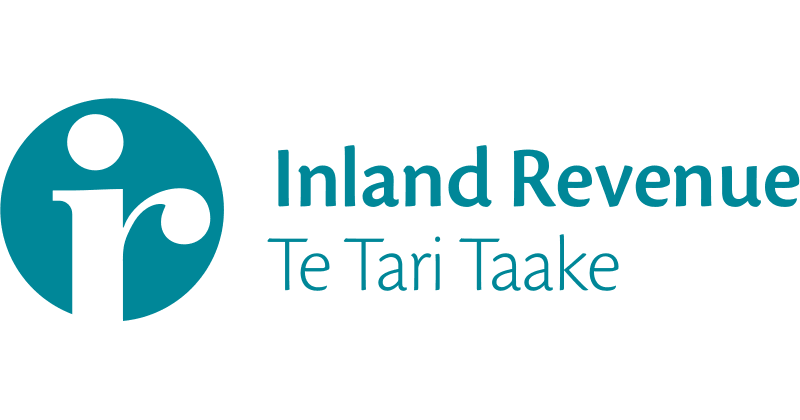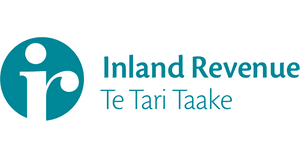Tax Heroes: We take a closer look at how much tax our 50 biggest companies paid in 2017.
“Tax is love”: Read Duncan Greive’s introduction to our new Tax Heroes series here.
Do our biggest businesses pay their fair share? This was the question confronting Auckland accounting professors Jilnaught Wong and Norman Wong.
So they set out to find out, with a starting point of our biggest companies listed on the NZX (the New Zealand stock exchange) by market capitalisation.
The statutory corporate tax rate in New Zealand is 28%. To discern how much tax these companies are paying, the professors compared their GAAP ETR (effective tax rate) or in layman’s terms, the average tax rate applied to a company’s profits (the amount they’ve left after tax), with their cash ETR (the percentage of net profit before tax the company paid).
The duo were trying to capture whether there was a difference between the tax rate the companies say in their financial statements that they pay, and the actual amount of tax they practically pay out to the Inland Revenue Department. (Note: a difference between these two numbers doesn’t automatically mean there is tax avoidance or a company is doing something wrong – there could be other accounting reasons for such a mismatch, and corporates trying to reduce their taxes doesn’t necessarily mean they have done anything unlawful.)
The professors found that most firms had tax rates close to, or similar to, the corporate tax rate. The professors examined data from three years (2015, 2016, and 2017) and found an average tax rate of 27.8%. Almost bang on.
Why did I say ‘most firms’ in the paragraph above? Because a small number of the firms are in the aged care and property sectors. Which means they own a lot of property of course, and we lack a capital gains tax on rising property values. Property assets generally go up in value over time – and those value increments are recognised as pre-tax income – but because New Zealand does not have a capital gains tax these increases are exempt, and the effective tax rate appears lower.
The academics excluded Westpac and ANZ from their research as they are foreign-owned, but we added them to the table below. (For this table we’ve also excluded the first two years of their research, but if you want to get deeper into the numbers click here for the full three year table). The key number in the table is total ITP – income tax paid. This is the cash these companies paid out as tax: real money going to the tax department to be spent on real things. The cash tax rate is the percentage of net profit before tax the company paid in tax. And to get a feel for the true size of these entities, Jilnaught Wong says, look at the shareholder funds.
Here’s the table. Click on the columns to sort by the relevant number, and to see how they do and don’t relate to one another.
Revenue = income earned from a company’s activities. NPBT = net profit before tax. This is a company’s revenue (sales) minus its expenses (costs) before tax has been paid. ITP = total income tax payable. The amount of cash paid to IRD that year. CTR = cash tax rate. The % of NPBT the company has paid in tax that year. ETR = effective tax rate. The average tax rate applied to a company’s profit. SHF = shareholder funds. A company’s assets (property, cash, etc) minus its liabilities (money owed)
All dollar figures ($000)
You are trying to load a table of an unknown type. Probably you did not activate the addon which is required to use this table type.
This content is brought to you by IRD. Ready for a cash flow game-changer? Only pay provisional tax when you’re making a profit. AIM, a new option with MYOB, Xero and APS.




